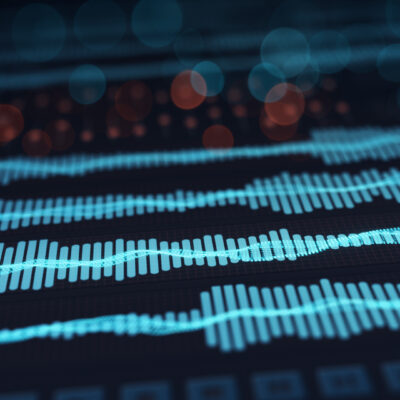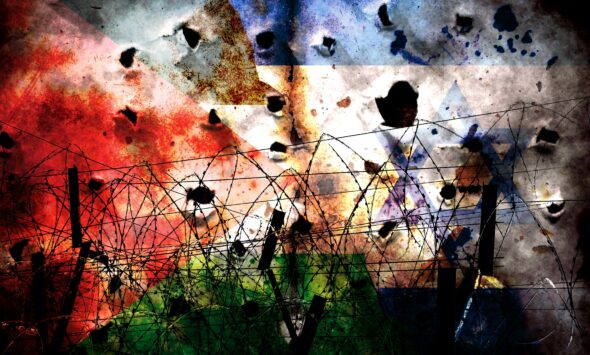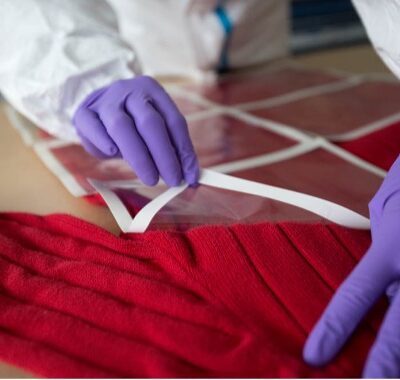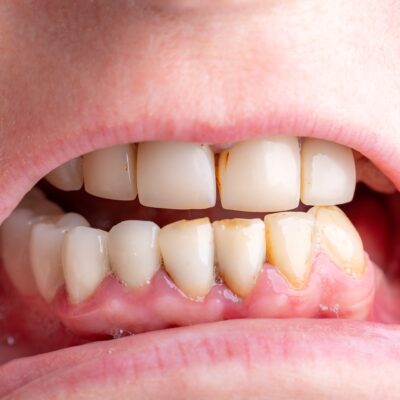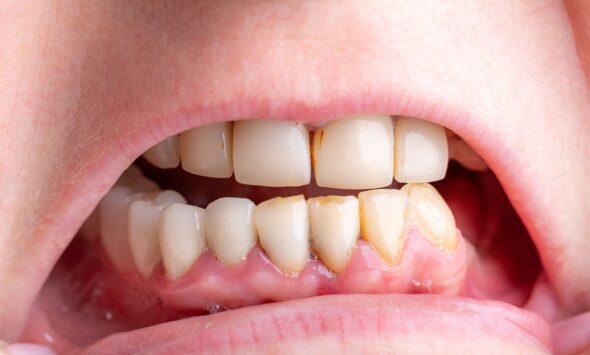Each year, the forensic units of the National Police and the National Gendarmerie detect and recover several hundred thousand fingerprint, palm-print and even footprint impressions on a wide range of surfaces, linked to hundreds of thousands of delictual or criminal offences (burglaries, vehicle thefts, drug trafficking, armed robberies, rapes, homicides, terrorist attacks, etc.).
text translation in order of appearance:
Friction ridge impressions
Crime scene – do not cross
Ridge ending, lake, short ridge / fragment ; suitable print
First responder, victim, witness, janitor, relative of the victim ; suspect
No match
Loading
6,5 millions (in 2021) ; Automated Fingerprint Database (FAED) (french equivalent of AFIS)
data transfer into the database ; retention period 15 to 25 years ; fingerprint hit
—
Since the Francisca Rojas case in Argentina in 1892 (1) and the identification of Henri-Léon Scheffer in France in 1902 by Alphonse Bertillon (2), this form of physical evidence has made it possible to identify offenders through the latent prints they leave behind at crime scenes.
International practice in fingerprint identification is not standardized. In France, in order to link a latent print recovered from a crime scene to a friction ridge impression taken from a suspect, forensic experts rely on two approaches:
• The 12-point numerical standard
• The probabilistic or holistic approach
For nearly a century, the binary view of fingerprint identification based on the “12-point standard” has gradually given way to a continuum of possible conclusions. Depending not only on the number but also on the quality of the minutiae present in the questioned print, experts use a numerical and verbal scale of comparative assessment that may point more or less strongly toward identification or exclusion.
At present, this probabilistic approach is applied only in complex fingerprint examinations. The 12-point numerical standard continues to be used routinely in France—see our video on the recovery and comparison of friction ridge impressions.
Tous droits réservés - © 2025 Forenseek




